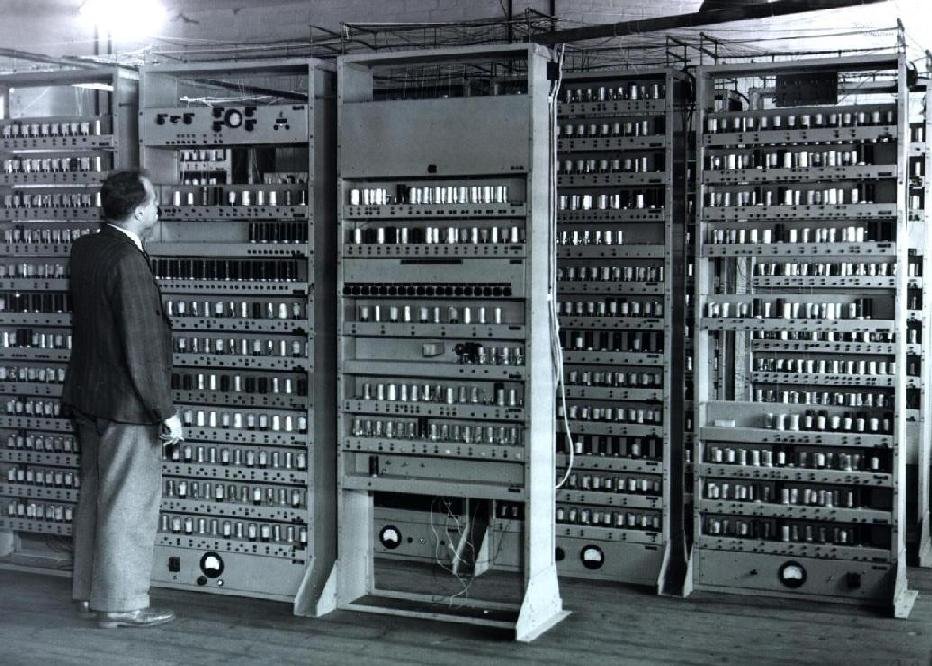Table of Contents
The definition of the Mass of an Electron:
The mass of an electron is the fundamental physical property of an electron that determines its response to electromagnetic forces. It is a fundamental constant of nature, approximately 9.1093837015 × 10-31 kg.
This mass is an intrinsic property of the electron, meaning it does not depend on its position, velocity, or other physical properties. The mass of an electron is about 1/1836th of that of the proton, the other fundamental particle that makes up an atom.
The mass of an electron is determined by measuring its gravitational force. This is done by balancing the gravitational force against the electromagnetic force of attraction between two particles.
The mass of an electron is also used to calculate its kinetic energy, which is the energy associated with its movement. This energy is expressed in joules or electron volts (eV).
The mass of an electron can also be determined using the Heisenberg uncertainty principle, which states that the momentum and position of a particle cannot both be known with absolute certainty.
This means that the exact mass of an electron can never be known, but it can be determined with a high degree of accuracy. As the mass of an electron is so small, its mass is usually determined in terms of electron volts.

The Properties of Mass of an Electron:
The mass of an electron is one of the most fundamental properties of this subatomic particle. It is an intrinsic property, meaning it does not require any external reference to measure or compare it.
The mass of an electron (m_e) is a fundamental constant of nature and a very small number. It is so small that its mass is usually expressed in units of electron volts (eV) instead of grams or kilograms.
It equals 9.10938356 x 10^-31 kilograms or 5.4857990945 x 10^-4 electron volts. The mass of an electron is extremely important in physics as it is related to the energy of the particle and the forces that act upon it.
For instance, the electron’s mass is used to calculate its momentum when moving in an electric or magnetic field and the force of the electromagnetic fields on the particle. The mass of an electron also helps us understand the behavior of the other particles of the Standard Model of particle physics.
The electron’s mass is a key factor in the structure of atoms and molecules, and it is responsible for the stability of the atom. It is also used to calculate the strength of the electromagnetic force between two particles. The mass of an electron is also significant in quantum physics.
It calculates the probability of an electron being in a certain state at any given time and the probability of it transitioning between states. This is known as the Heisenberg Uncertainty Principle.
In summary, the mass of an electron is an intrinsic property of this subatomic particle and is a fundamental constant of nature. It is an essential factor in the structure and behavior of atoms and molecules and in quantum physics. It also calculates the probability of an electron being in a certain state at any given time and its transition between states.
The Mass in Relation to Electron Charge:
The mass-to-charge ratio (m/e) is a physical quantity that is used to describe the ratio of the mass of a particle to the electric charge of that particle. This ratio is important in physics because it describes particles’ behavior in electric fields.
In particular, it is used to describe the behavior of electrons, which are negatively charged particles with a mass of 9.109 x 10^-31 kg. The mass-to-charge ratio of an electron is usually expressed in terms of the unit electron-volt (eV).
An electron volt is the energy gained by an electron as it moves through an electric field of one volt. Thus, an electron-volt is equal to 1.602 x 10^-19 joules. The mass-to-charge ratio of an electron is then equal to its mass divided by 1.602 x 10^-19.
This gives a mass-to-charge ratio of 5.646 x 10^-4 kg/eV. This mass-to-charge ratio is important in understanding the behavior of electrons in electric fields. For example, it can calculate the force an electron experiences in an electric field.
This is because the force applied to an electron is proportional to its mass-to-charge ratio. Thus, a lighter particle with the same charge as an electron will experience a smaller force in an electric field than a heavier particle with the same charge.
In addition, the mass-to-charge ratio can also be used to calculate the amount of energy needed to accelerate an electron. This is because the amount of energy needed to accelerate a particle is proportional to its mass-to-charge ratio.
Thus, a lighter particle with the same charge as an electron will require less energy to accelerate than a heavier particle with the same charge.
Overall, the mass-to-charge ratio of an electron is an important quantity in understanding the behavior of electrons in electric fields. By knowing this ratio, it is possible to calculate the force experienced by an electron and the amount of energy needed to accelerate it.
The mass of an Electron in Physics:
The mass of an electron is one of the most fundamental physical constants in physics and has been precisely measured at 9.10938356 x 10^−31 kg. This is roughly 1/1836th of the mass of a proton and is commonly referred to as the “electron rest mass.”
The electron rest mass is the energy required to bring an electron to rest and is equivalent to 0.511 MeV of energy. The electron’s rest mass is so small in comparison to other subatomic particles that it is often neglected in calculations. However, its small size gives it an important role in physics.
For example, the electron is the carrier of charge in electric circuits, and the electron’s mass governs the current flow. Its small size also makes it useful in quantum physics, as the Heisenberg Uncertainty Principle dictates that particles with small mass have a large position uncertainty.
This is why electrons are used as probes in electron microscopy, where their size and charge allow them to view and image small objects in extreme detail. The mass of an electron is also important in understanding the behavior of other particles in physics.
For example, the mass of an electron affects the mass of a neutron and therefore affects the stability of an atomic nucleus as a whole. This is because a neutron is made up of one up quark, two down quarks, and one electron. The mass of the electron acts to balance the masses of the quarks and thus affects the stability of the nucleus.
In summary, the mass of an electron is an important physical constant in physics. It is very small compared to other particles, but it is essential in understanding the behavior of other particles and controlling the current flow in electric circuits.
The conclusion:
An electron in physics concludes that it is a subatomic particle with a negative charge and part of all atoms. Electrons are the smallest particles known, making up most of an atom’s mass.
Electrons are responsible for chemical bonding between atoms and molecules, and they are also responsible for the flow of electricity. Electrons are also responsible for the properties of matter that we observe, such as color, heat, and light.
In summary, electrons are fundamental particles that form all matter and allow us to observe and study the physical world around us. They are an essential part of atomic structure and are responsible for many of the physical properties of matter. Understanding electrons is essential for understanding the universe and the laws of physics that govern it.
Also, read Automobile Clutch Friction Materials































Comment on “Mass of electron”
Comments are closed.